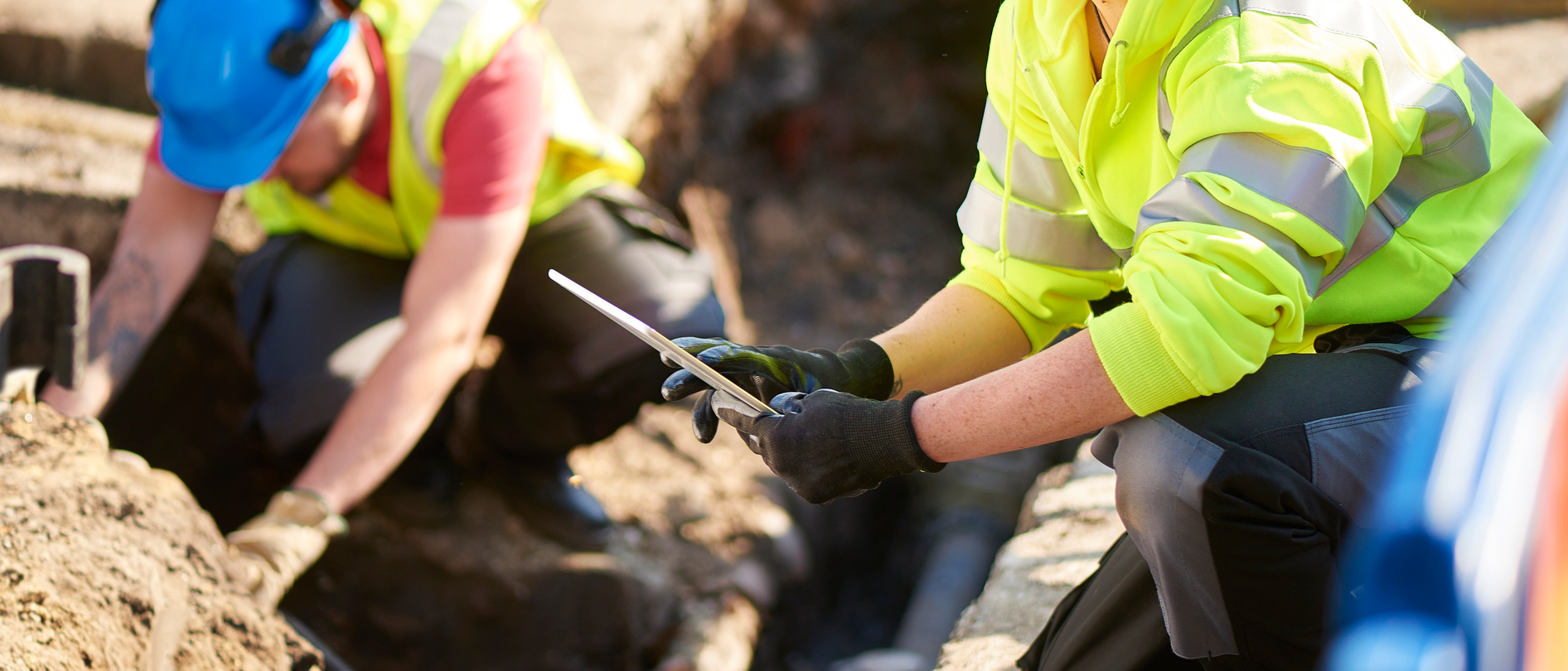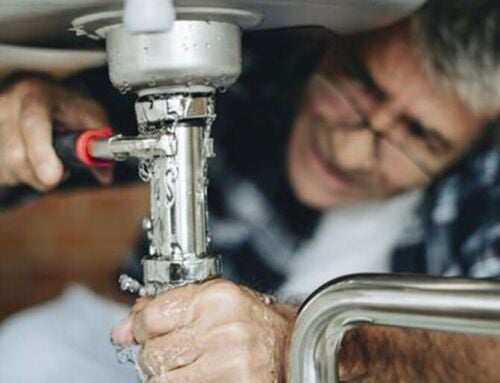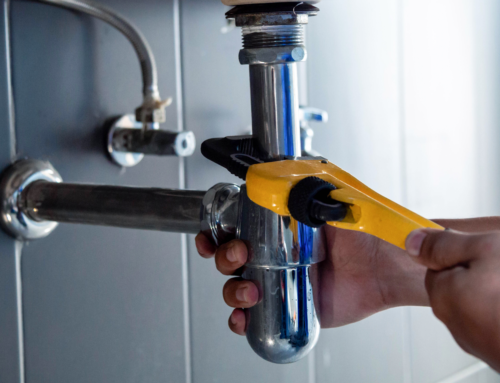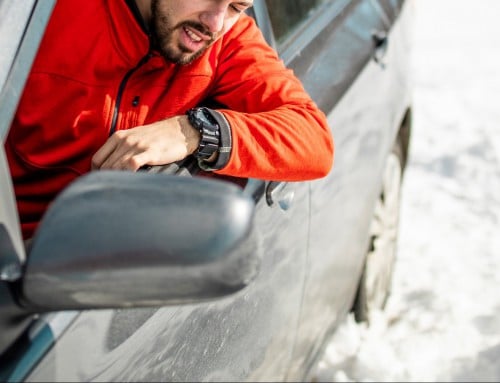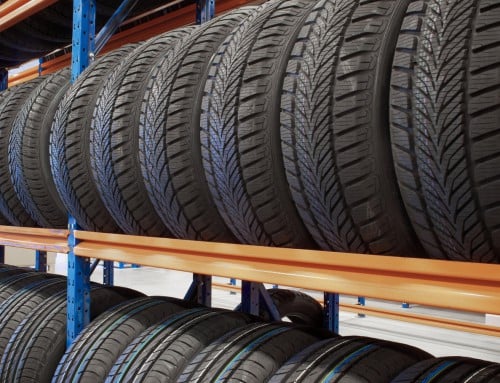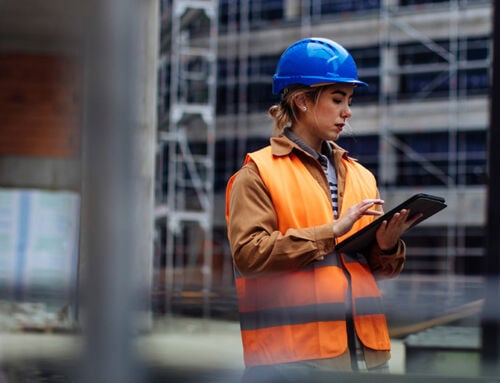Damage to underground utilities from excavation and trenching activities is more common than you might realize. In 2022 alone, there were 10,636 damages related to buried facilities from excavation activities, as reported by the Canadian Common Ground Alliance (CCGA). That’s more than 42.4 reported damages every work day.
Of those, natural gas and telecommunication facilities were affected in 82.9 per cent of cases, while work on water and sewer systems accounted for 24 per cent of damages. The most common cause – when one was known or identified – was an excavation issue (which accounted for 37 percent of reported damages).
This data is based on CCGA’s Damage Information Reporting Tool (DIRT), a confidential database used in seven Canadian provinces, though participation is entirely voluntary (there’s no legal obligation to report an incident). That means, while the report provides useful industry intelligence, it doesn’t necessarily reflect the total number of damages in a given year, which is likely much higher.
However, many construction projects require some degree of excavation or trenching, which means there’s the potential for large losses from damaged equipment and business interruption, as well as the potential for worker injuries from explosion, fire, asphyxiation, and electrocution.
That’s why, when excavation or trenching is performed, or heavy equipment is moved, all necessary precautions should be taken to identify utilities and minimize the potential for damage.
Call (or click) before you dig
Underground utilities include communication lines, power lines, natural gas pipes, sewers, water pipes, and alarm systems, to name a few. A best practice is to call (or click) before you start digging.
Whether you’re working on land grading, public utilities, electrical power grids, telecommunications infrastructure, or construction, you’ll need to submit a locate request. Each province has a hotline that deals with underground service locate requests.
The Click Before You Dig portal allows you to click on a map to find the appropriate public safety administrative authority. Another site, 811, will also allow you to submit a locate request by phone or online.
A locate request should include information about who will be conducting the dig, when and where it will be occurring, the maximum depth that will be reached, the type of work, and the method used. When you receive a response, you’ll be notified of the locations of all known underground services, possibly with accompanying diagrams.
Determining potential hazards
All excavation, trenching, and underground construction activities have the potential to damage utilities. And each type of underground utility presents its own unique set of hazards, including, but not limited to, leaks, breaks, collapses, ruptures, and arcs.
Once you have the locate information in hand, you can determine potential hazards related to utilities you may come into contact with, as well as how you plan to control them. You’ll also need to make a list of utility services that will need to be contacted before you start digging.
A simple, yet effective, preventative measure is to have workers fill out a checklist identifying all utility services that need to be contacted before work begins. Verbal confirmation isn’t going to cut it if damage occurs, and you need to file an insurance claim.
As a contractor, you’ll need to contact the utility services to:
- Identify the utilities
- Locate the utilities
- Determine all potential hazards
- Determine the methods of controlling those hazards
It’s important to establish a written procedure for conducting utility locates, which includes written documentation that the utility locate has been completed.
What to do if something happens
If an underground utility is damaged, it’s important to have an emergency plan in place, and maintain documentation that proves all necessary precautions were taken.
Locate documentation should include:
- The originally requested excavation date and locate request number
- An accurate drawing of the location of the underground infrastructure
- The date that the locator completed the locate request
- The time period during which the locate documentation and locate markings are valid
All buried utilities should be marked using paint, stakes, or flags that follow the universal colour code for underground utility lines. During the dig, a minimum of two workers should be present, with a buffer zone on each side of the utility marking. Hydrovac equipment (which uses a high-pressure water and vacuum system) is an alternative to sharp tools for safely exposing piping and other utilities.
If, while digging, you come across a utility that was inaccurately marked (or that the provincial public safety administrative authority was unaware of), be sure to note that in your documentation.
And, if you come across any damage, like a line break, stop your work immediately, call 911 or emergency services, and then secure the jobsite. You can find out more by reading Info-Excavation’s safety checklist.
Protect yourself and your construction business
Even with adequate preparation, things can sometimes still go wrong. That’s when having the right protection in place comes in handy. Appropriate coverage is extremely important and beneficial. To learn more about protecting yourself and your business, visit our contracting insurance page today.
This blog is provided for information only and is not a substitute for professional advice. We make no representations or warranties regarding the accuracy or completeness of the information and will not be responsible for any loss arising out of reliance on the information.
